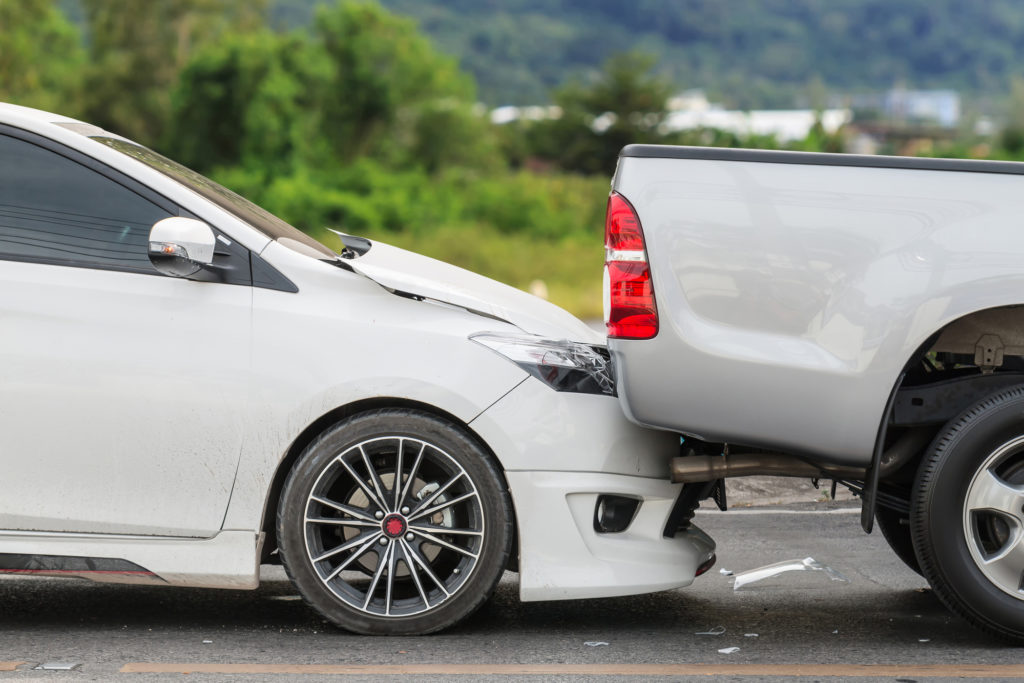Understanding the Consequences of Reckless Driving Convictions
Being convicted of reckless driving is a serious matter with substantial repercussions. If you find yourself facing such charges, it is crucial to comprehend the potential outcomes and take appropriate actions to mitigate the consequences. At Dave Albo – Attorney, I can provide you the right guidance and ensure you have an understanding of your case.
Potential Penalties for Reckless Driving Convictions
- Criminal Record: A conviction for reckless driving typically results in a criminal record, which can adversely affect employment prospects, housing applications, and more.
- Fines: Substantial fines are often imposed on individuals convicted of reckless driving.
- Driving Record Points: Points will likely be added to your driving record, potentially leading to increased insurance premiums.
- License Suspension: In some cases, your driving privileges may be suspended or revoked.
- Jail Time: Depending on the severity of the offense and jurisdiction, jail time may be a possible penalty.
Driving on a Suspended License: Understanding the Implications
Driving with a suspended license is a serious offense that can lead to additional legal troubles. If you are caught driving on a suspended license, it will likely appear on your driving record and could result in further penalties.
Consequences of Driving on a Suspended License
- Criminal Charges: You could face criminal charges, leading to a criminal record.
- Additional Fines: Significant fines may be imposed.
- Extended License Suspension: Your period of license suspension may be extended.
- Jail Time: Depending on circumstances and jurisdiction, jail time is a potential consequence.
Seeking Legal Assistance: The Role of a DUI Lawyer in Fairfax, VA
If you are dealing with a reckless driving charge or have been caught driving on a suspended license, seeking the assistance of a DUI Lawyer in Fairfax, VA, is a crucial step in protecting your rights and navigating the legal system. At Dave Albo – Attorney, we have extensive experience dealing with reckless driving charges and understand the nuances of traffic law in Virginia. We are well-equipped to provide you with the legal support and guidance needed to navigate this challenging situation.
Understanding the Penalties for Reckless Driving
Facing charges for reckless driving is a serious matter that can lead to severe consequences. As experienced attorneys, at Dave Albo – Attorney, we want to ensure you fully understand the potential punishments associated with this offense.
Punishments for Reckless Driving:
- Fines: Reckless driving can result in hefty fines, potentially amounting to hundreds or even thousands of dollars.
- License Points: Accumulation of points on your driving record, leading to increased insurance premiums and potential license suspension.
- License Suspension: In some cases, your driving privileges may be suspended.
- Jail Time: Depending on the severity of the offense, jail time could be imposed.
- Criminal Record: A conviction for reckless driving results in a criminal record, which may impact employment, housing, and more.
Penalties for Leaving the Scene of an Accident
Leaving the scene of an accident, also known as hit and run, carries serious penalties. Understanding these consequences is crucial in making informed decisions about your case.
Consequences for Leaving the Scene of an Accident:
- Fines: Significant fines are often imposed on individuals who leave the scene of an accident.
- License Suspension: Your driving privileges may be at risk of suspension.
- Jail or Prison Time: Depending on the severity of the incident and injuries involved, you could face jail or even prison time.
- Criminal Record: Conviction for hit and run results in a criminal record.
- Restitution: You may be required to pay restitution to the other party involved in the accident.
Contact Dave Albo And Schedule Your Consultation
If you find yourself facing a reckless driving charge in Fairfax, VA, it is essential to seek the guidance of a skilled and experienced lawyer who specializes in traffic offenses. Look no further than Dave Albo, a reputable attorney with years of expertise in handling reckless driving cases in Fairfax and the surrounding areas.
With a deep understanding of the local legal system and a proven track record of success, Dave Albo is your trusted ally when it comes to fighting reckless driving charges. He knows the intricacies of Virginia traffic laws and has the knowledge and resources to build a strong defense strategy tailored to your specific situation.

 "Legal Elite," by Virginia Business magazine(2017-2016, 2014-2006; 2003, 2002).*
"Legal Elite," by Virginia Business magazine(2017-2016, 2014-2006; 2003, 2002).* "Leaders in the Law," by Virginia Lawyers Weekly
"Leaders in the Law," by Virginia Lawyers Weekly "Top Criminial Lawyers,"
by Northern Virginia magazine (2017, 2014, 2012,2010).**
"Top Criminial Lawyers,"
by Northern Virginia magazine (2017, 2014, 2012,2010).**